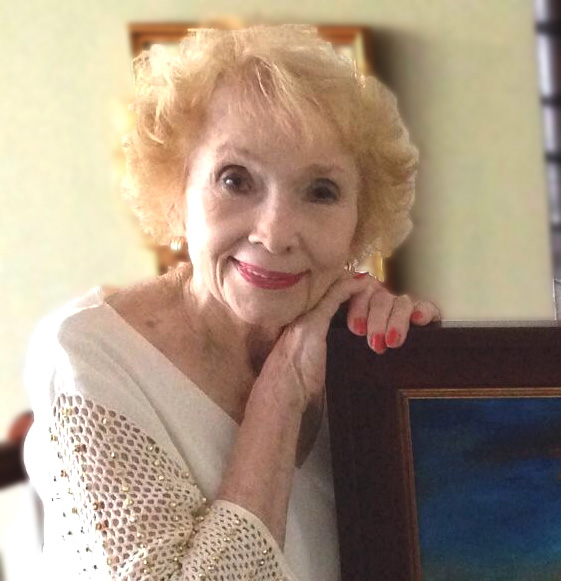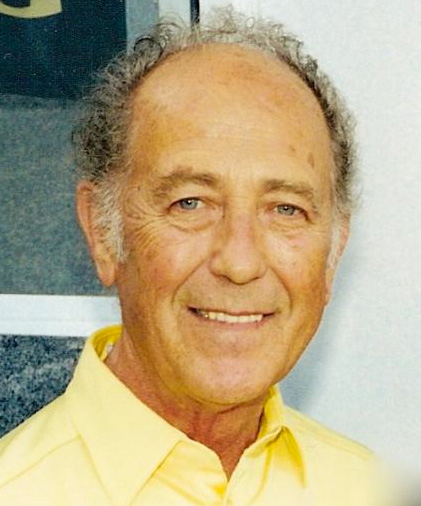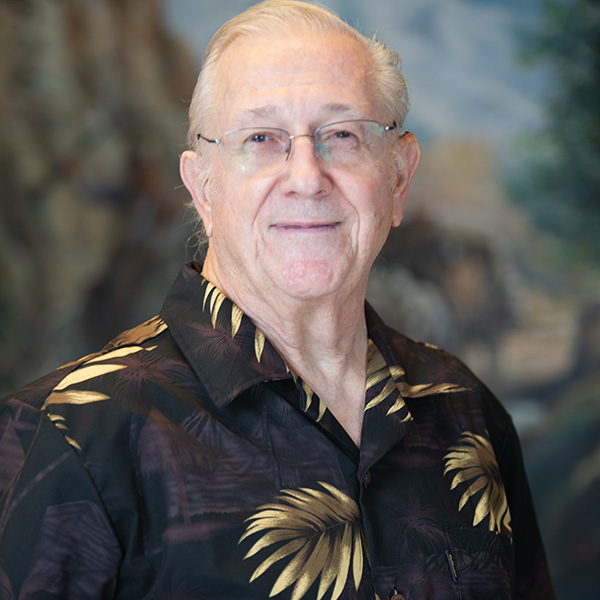THE OFFICIAL SITE FOR MAKK FINE ART
The Makk Family, Americo, Eva and AB, have created hundreds of works of art. Their family legacy spans two generations, multiple countries, and a wide variety of themes.
For over 40 years, the Makk Family has benefitted numerous charity organization including The American Heart Association, Global Downs Syndrome Foundation, Cancer League of Colorado, Veterinarians International, Volunteers of America and many more.
Family History & Summary
Romance in Rome
Imre Makk and Eva Holusa met while studying at the Academy of Fine Art in Rome. Americo, originally from Hungary, had received a scholarship to study in Rome after attending the Hungarian National Academy of Fine Arts in Budapest. Eva, born in Ethiopia to a Hungarian father and a Hungarian baroness mother, had previously studied art in Paris before continuing her education in Rome. It was during their time at the Academy that they met, eventually marrying and collaborating on their artistic careers.
Establishing Roots in Brazil
In 1949, the Makks relocated to São Paulo, Brazil, where they married on October 18, 1950. The following year, they were appointed Professors of Fine Arts at the Academia de Belas Artes. Their son, Americo Bartholomew Makk—known as A.B. Makk—was born in São Paulo in 1951. During this time, Americo adopted the Portuguese version of his name, transitioning from “Imre” to “Americo.”
Artistic Contributions and Recognition
The Makks made significant contributions to Brazil’s cultural and religious art scene. They collaborated on murals and ceiling paintings in fourteen Catholic cathedrals, churches, and basilicas across the country. Notably, their work “Coronation of Our Lady” in the Cathedral of Manaus spans 2,349 square feet, making it the largest single-theme ceiling painting in the world. This monumental project took two years to complete under challenging conditions, including working 60 to 100 feet above the ground in stifling heat with limited light.
From 1958 to 1962, the Makks were designated as the Official Artists of the Brazilian government. During this period, they painted portraits of government officials and created murals for various institutions. Their collaborative style became so seamless that their works were signed “Casal Makk,” Portuguese for “Makk couple,” symbolizing their unified artistic identity.
Amazon Expedition
Between 1957 and 1959, the Makks embarked on a government-sponsored expedition into the Amazon rainforest to document indigenous tribes through art. Accompanied by their 8-year-old son A.B. and a pet ocelot named “Cica,” they traveled over 1,000 miles by foot, riverboat, canoe, small plane, and helicopter. They faced numerous hardships, including navigating without roads, frequent rains, and insect bites. Some tribes were apprehensive about being depicted, believing it could steal their souls, so the Makks often resorted to simple sketches. Their experiences culminated in approximately 70 paintings, some of which were later exhibited at the Brazilian consulate in Miami in 1969.
Transition to the United States
By 1960, political unrest in Brazil, marked by the rise of communist influence, prompted the Makks to seek relocation.After two years of effort, they secured sponsorship from the Ecclesiastical Art Studio of New York and moved to Long Island in 1962. They brought with them their Amazon paintings and sketches, leaving most of their belongings behind.This move marked the beginning of their American chapter, where they continued to build upon their rich artistic heritage.
The Makks’ Brazilian years were marked by prolific artistic output, deep cultural engagement, and the foundation of a family legacy that would continue to influence the art world for decades.
Last destination: Hawaii
In 1967, the Makk family visited Hawaii and were so captivated by its natural beauty and peaceful atmosphere that they decided to make it their permanent home. The move was also motivated by Americo’s health concerns, as the tropical climate proved more favorable. Once settled on Oahu, the family’s art began to reflect the vibrant colors, landscapes, and spirit of the islands. Hawaii became both their creative sanctuary and the heart of their legacy, with their work becoming deeply intertwined with the local culture.
Americo Makk – BIOgraphy
Americo Makk (1927-2015) is an internationally acclaimed master painter and portrait artist of two United States Presidents. Over the past five decades, the importance of Americo Makk’s work has been recognized with numerous awards and honors, including American Ecclesiastic Award, European Banner of the Arts, Oscar d’Italia, Alfred Nobel Medal for Peace (Einstein International Academy Foundation) and Outstanding Achievement Award for Western Paintings (American Biographical Institute).
Americo Makk is an internationally acclaimed master painter and portrait artist of two United States Presidents. Over the past five decades, the importance of Americo Makk’s work has been recognized with numerous awards and honors, including American Ecclesiastic Award, European Banner of the Arts, Oscar d’ltalia, Alfred Nobel Medal for Peace (Einstein International Academy Foundation) and Outstanding Achievement Award for Western Paintings (American Biographical Institute).
Paintings by Americo Makk – powerful scenes of city life, character studies, historical and western paintings – have been the focus of numerous major public exhibitions, including Carnegie International Center (NY), U.S. Senate Rotunda (Washington, D.C.), Monaco Intercontinental Exhibition (Paris), St. Stephen Museum (Hungary), and many other museums and galleries in the United States, Canada, Europe, South America, and Japan.
Regarded as one of the world’s most respected portrait artists, Americo Makk was selected to paint portraits for the U.S. President Ronald Reagan in 1984 and President Jimmy Carter in 1979. The portrait of President Reagan is displayed in the main entrance of the Reagan Library Museum. The portrait of President Carter is in the Carter Library Museum. He has also painted a portrait of Cardinal Mindszenty for the Vatican and many celebrities including Eva Gabor, Barbara Carrera and Ray Price.
Americo Makk’s wife, Eva, and their son, A.B., are also accomplished painters whose works are exhibited and collected internationally, giving rise to the Makks’ reputation as “the first family of the art world”.
Americo Makk, along with Eva Makk have been called “modern-day Michelangelos”. Working together with Eva Makk since 1950, he has painted large murals in sixteen cathedrals and churches on two continents. This feat is unequaled by any other artist in our time, giving the Makks a place forever in art history. Their most famous work, on the ceiling of the 150 year old Manaus Cathedral in Brazil, is the world’s largest single-themed ceiling mural. Americo also received the highest honor given to a civilian in Hungary.
Americo was born in Hungary in 1927. His formal training began at the Hungarian Academy of Fine Art in Budapest. At the top of his class, he received a scholarship to Italy, and while studying at the Academy of Fine Art in Rome he met his future wife, Eva, a fellow artist at the academy. The couple moved to Brazil in 1949, and their reputation as brilliant young painters spread quickly. They were appointed as Professors of Art at the Sao Paulo Academy of Fine Art, and later were named Official Artists of the Brazilian Government. Among their many commissions was an unprecedented expedition deep into the Amazon rain forest to paint the indigenous tribal people. In 1962 Americo Makk and his family moved to New York and continued their distinguished careers as artists.
Today Americo Makk’s paintings are highly prized, with some selling for several hundred thousand dollars. Demand for his work is still growing. As he has done for more than fifty years, Americo Makk continues to receive international acclaim having a permanent exhibit of his paintings at the Museum of Hungarian Military History in Budapest, The Coutts Museum in Kansas that houses the largest collection of Makk Paintings in the United States.
Sadly Mr. Makk passed away in 2015, leaving Eva and A. B. to continue the Makk art legacy.
Eva Makk – BIOgraphy
Eva Makk is noted by clients for her ability to reach the spiritual essence of her subject. Her style of painting ranges from loose impressionism to tightly controlled realism. Frances Maier of Southwest Art wrote of Eva Makk: “Her feelings for life are reflected in all her paintings; they express love, beauty, dignity and a gracious elegance. They are lyric poems realized visually, with a quality at once spiritual, ethereal, yet glowing with the warmth of life.”
Eva Makk’s distinguished career spans more than half a century. Her work has been the focus of major public exhibitions, including the U.S. Senate Rotunda in Washington, D.C., and Carnegie International Center in New York. Her work has also been exhibited in numerous other galleries and museums spanning the United States, France, Spain, Austria, Switzerland, Monaco, Hungary, Brazil, Canada, and Japan.
Eva Makk is also a highly respected portrait artist. Mrs. Kyoko Osano of Japan, and President and Mrs. Ronald Reagan, are among the many dignitaries who have selected Eva Makk to create their portraits.
Like Michelangelo, Eva Makk has achieved a place in art history for her legacy of monumental murals. Working jointly since 1950 with her husband, renowned artist Americo Makk, she has created murals and ceilings in sixteen churches and cathedrals on two continents, one of them being the largest single-themed painting in the world – stretching half a football field in length. Many of their murals have become major tourist attractions. The most recent addition to this legacy are two small murals in Aurora, Colorado in which she used the Shroud of Turin as her map. Housed at Queen of Peace Church they are seen by more than 5,000 visitors each week. As far as we know she is the only woman artist to paint so many large murals and ceilings in churches, cathedrals and buildings.
Born in Ethiopia, where her Hungarian father was an advisor to Emperor Haile Selassie, Eva Makk later moved to Europe with her family. After graduating from the Academy of Fine Art in Paris, she moved to Italy to continue her formal art studies at the Academy of Fine Art in Rome. It was there that she met her future husband. The couple moved to Brazil in 1949, where their reputations as artists rose rapidly. Eva and Americo received appointments as Professors of Art at Sao Paulo Academy of Fine Art and later were named Official Artists of the Brazilian Government. Among their many commissions was an unprecedented expedition deep into the Amazon rain forest to paint the indigenous tribal people. Unfortunately many of these tribes no longer exist, making the paintings a rare documentation of elusive tribal life.
In 1962 Eva and Americo moved to New York with their son A.B., and in 1967 they settled in Hawaii, where their current home and studio are located.
Eva Makk enjoys sharing her art to help raise funds for many non-profits including the American Heart Association Hawaii, Cancer League of Colorado, Global Down Syndrome, Kidney Foundation, Habilitat, Make- A-Wish Hawaii and recently Veterinarians International.
AB Makk – BIOgraphy
Finding inspiration in the natural beauty of Hawaii where he has lived and worked since1967, A.B. Makk creates sparkling water scenes and sublime landscape paintings that have received international acclaim. His work is collected and exhibited widely, with museum and gallery exhibitions in the United States, Canada, Europe and Japan.
Distinguished connoisseurs such as Charlton Heston and George Montgomery are among the many collectors who enjoy paintings by A.B. Makk. Also, A.B. Makk is winner of a number of awards, such as Distinguished Americans Award for Excellence in Scenic Painting, New York Graphic Society Recognition for Impressionistic Painting, and Arpad Academy Gold Medal.
Born in 1951 in Sao Paulo, Brazil, A.B. Makk is the son of illustrious artists Eva Makk and Americo Makk. The Makks are known today as “the world’s leading family of artists”.
A.B. (short for Americo Bartholomew) took up brush and palette as normally as other children reach for ice cream cones: with enjoyment and pleasure. He was exhibiting his paintings at the age of four by the insistence of his patron and first collector, Don Jose Tupinamba de Frotas, a Bishop of Ceara. The Brazilian press reviewed these young works and wrote enthusiastically about the “Little Picasso.”
His childhood contained a potpourri of exotic and extraordinary experiences, which undoubtedly were impressed upon his young mind and evidence themselves today in his painting style. A.B. Makk traveled with his parents as they received exciting painting commissions throughout Brazil. Often he spent hours, even whole days, on scaffolds where Eva and Americo Makk were creating murals. When only seven years of age, he traveled deep into the Amazon jungle for more than a year with his parents during their commission to paint the indigenous tribal people, facing a primitive world filled with peril and fierce natural beauty.
A.B. Makk’s art training included studies throughout Brazil. He came to the United States with his parents in 1962, and moved with them to Hawaii in 1967. After graduating Phi Beta Kappa from the University of Hawaii with majors in psychology and languages, A.B. continued his intensive art apprenticeship under his parents. Since then, he has exhibited regularly in galleries and museums in the United States, Canada, Europe and Japan, and has won numerous awards and honors for his paintings.
A.B. Makk absorbed his parent’s techniques, developed a blend of his own and now works in his own unique genre. He starts with colors where Monet and Renoir left off; he blends color after color in combinations that historically have not been used together to create sun-drenched warmth on a cool day or conversely, to insulate wafts of cool air on a hot day. Like Turner, his scenes of nature evoke a strong sense of mood.
His manipulation of light to express beauty and dignity, his ability to paint a complex and many-faceted feeling as opposed to merely a beautiful scene and his sense of depth and serenity are among the qualities that have moved A.B. Makk into the forefront of notable contemporary artists.



